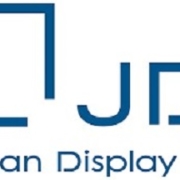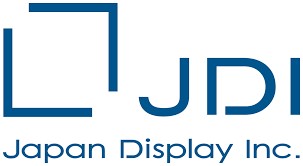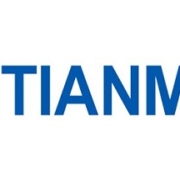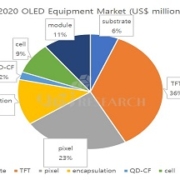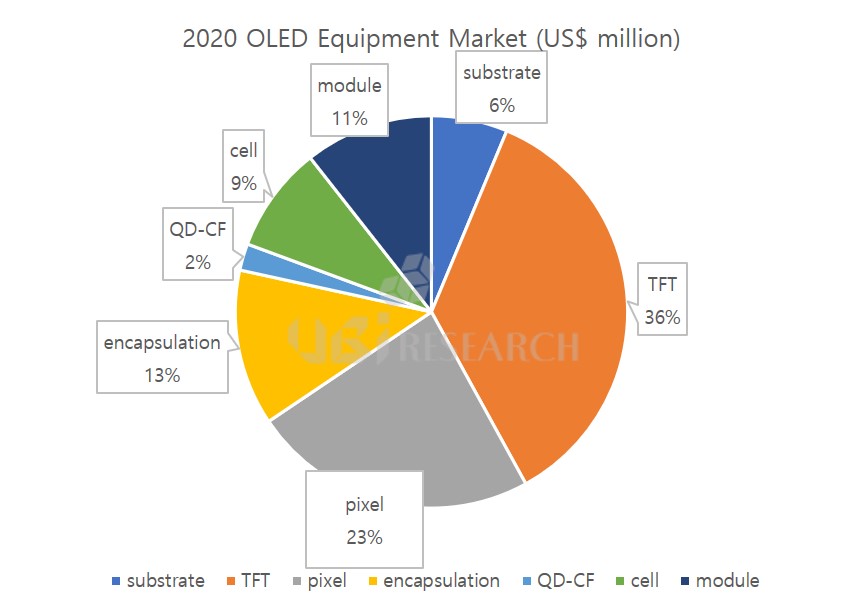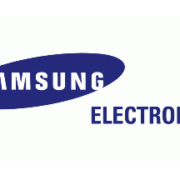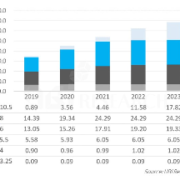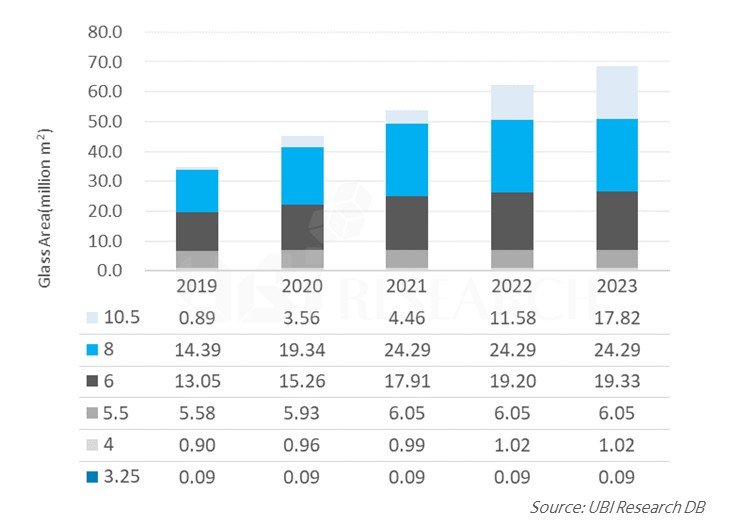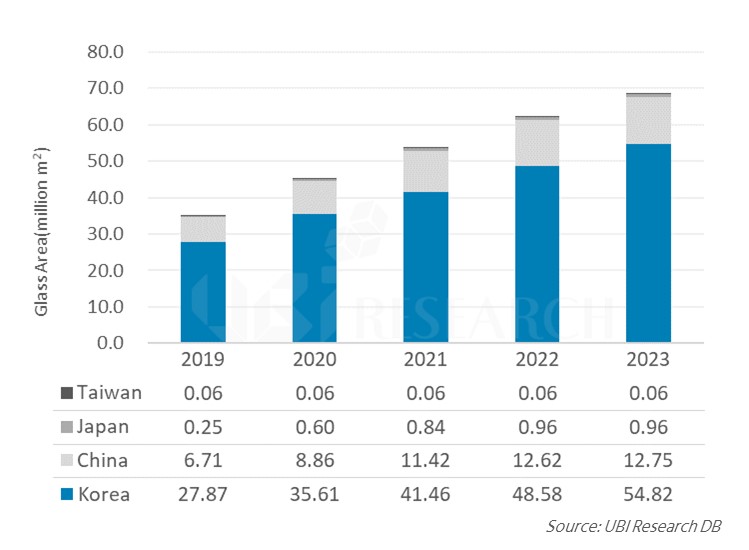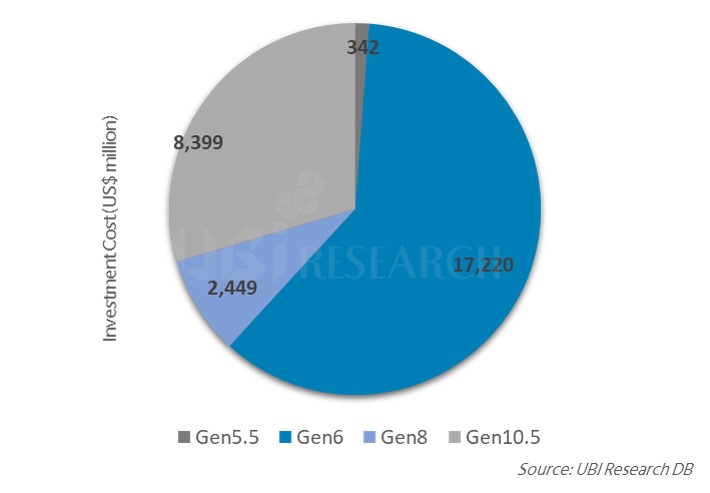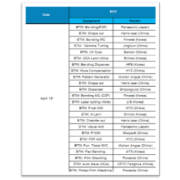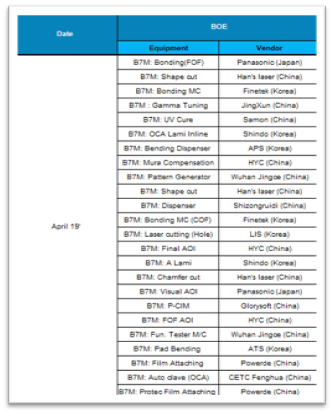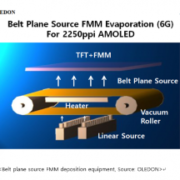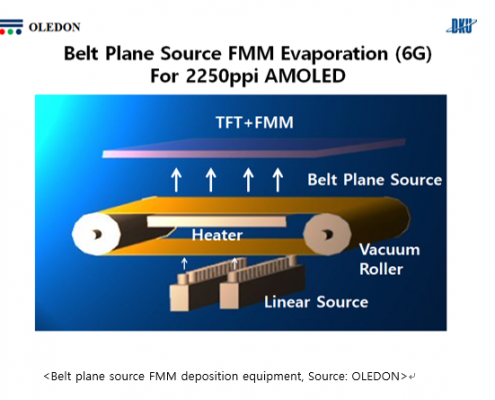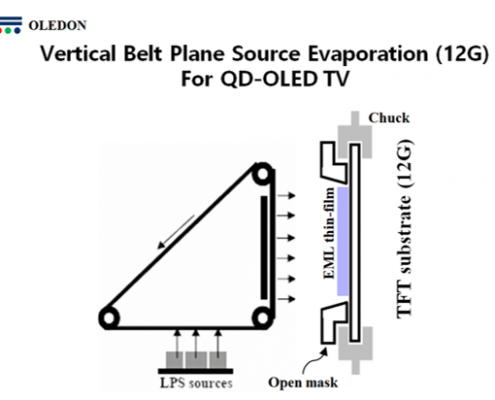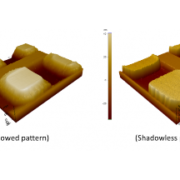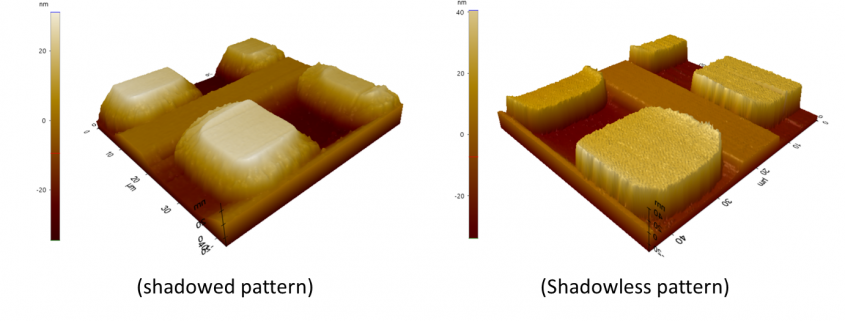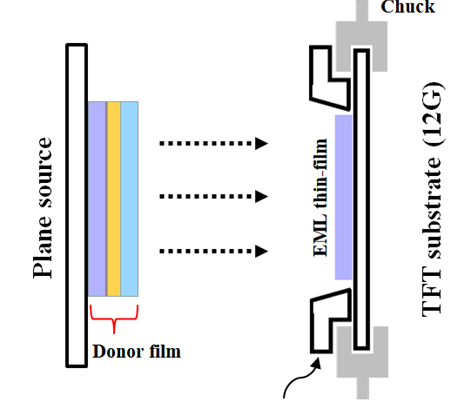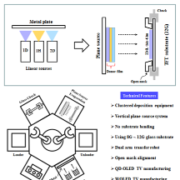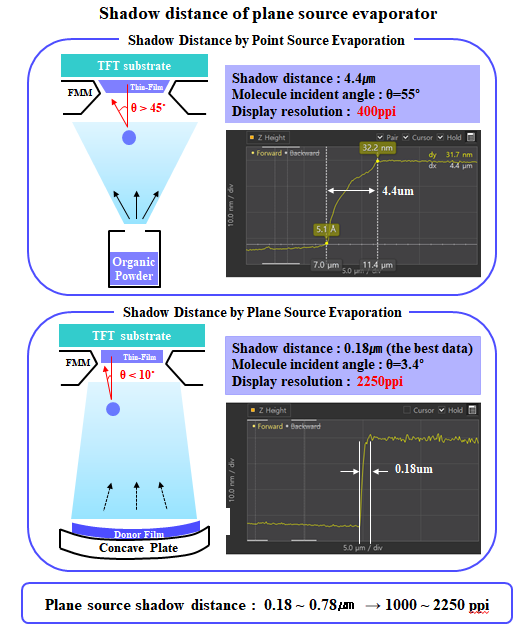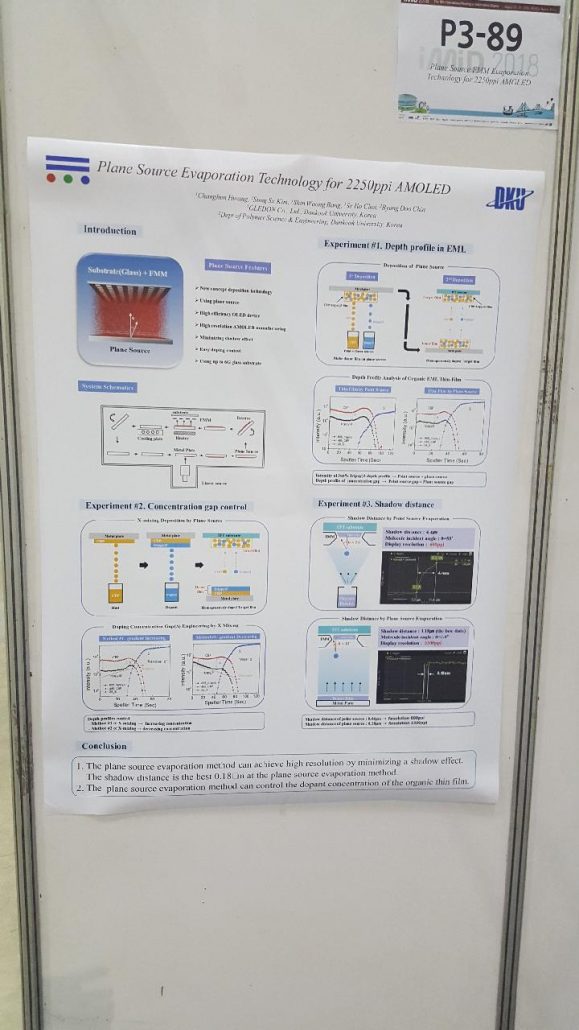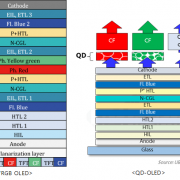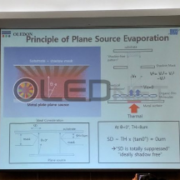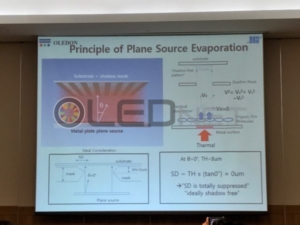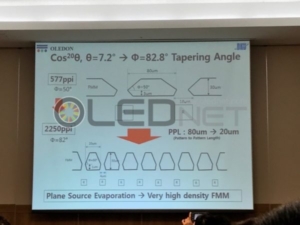Jusung Engineering, 8th Generation Ultra-Thin OLED Encapsulation Equipment Technology Development to Preoccupy the Market and Achieve Localization [2022 Display General Workshop]
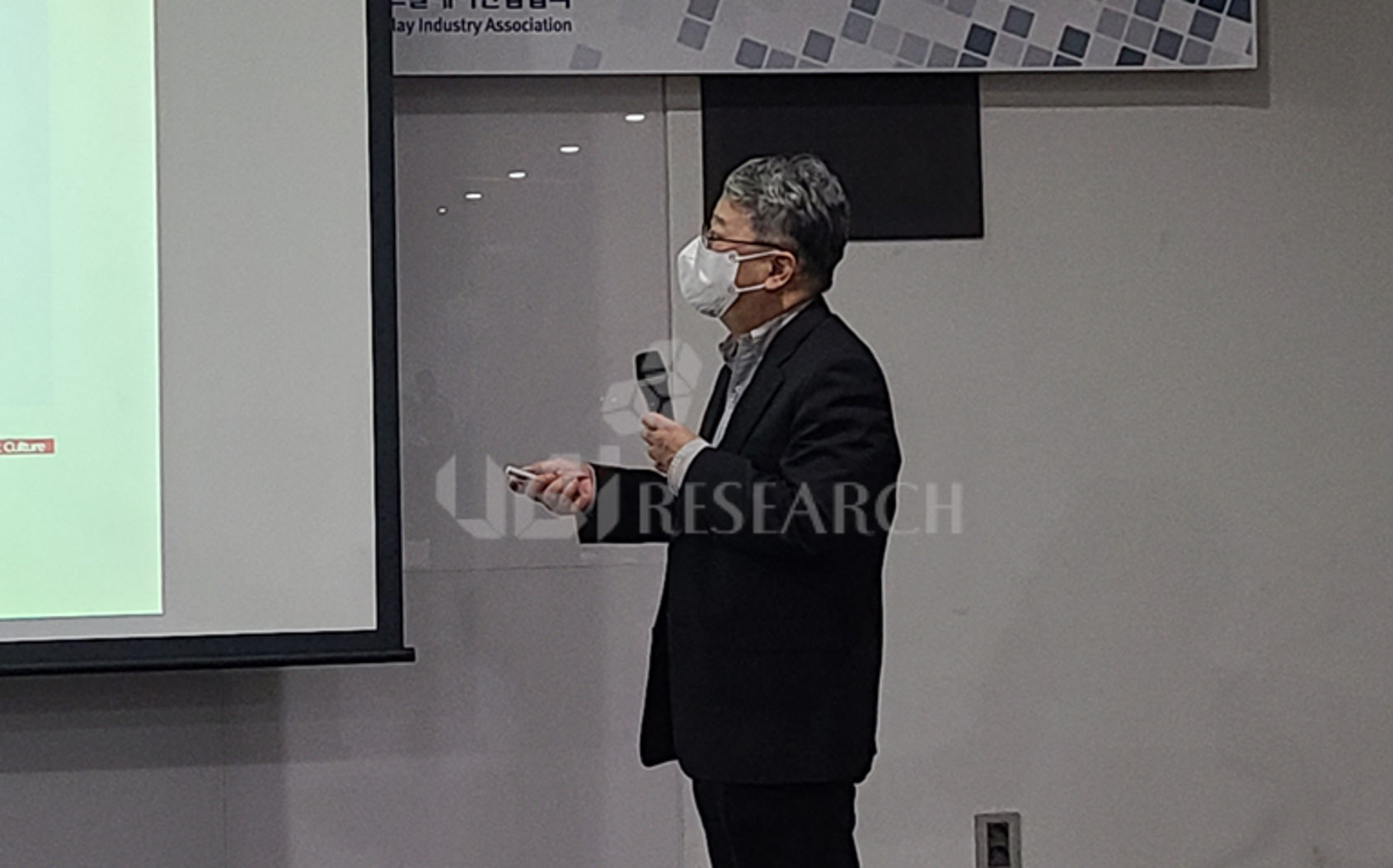
Jusung Engineering, 8th Generation Ultra-Thin OLED Encapsulation Equipment Technology (2022 Display General Workshop)
At the “2022 Display General Workshop” held at Pyeongchang Phoenix Park from November 9 to 11, 2022, H&iruja presented a research project on the development of an ultra-low damage cluster sputter system for mass-production of small and medium-sized OLEDs for 8.5th generation substrates.
H&iruja said, “It is important to improve yield and increase productivity using large substrates due to the enlargement of the panel size of mobile devices and the expansion of application of OLED panels to IT devices such as notebooks, tablet PCs, and monitors.” Therefore, it is necessary to develop a cluster sputter that is advantageous for ultra-clean and low-damage.”
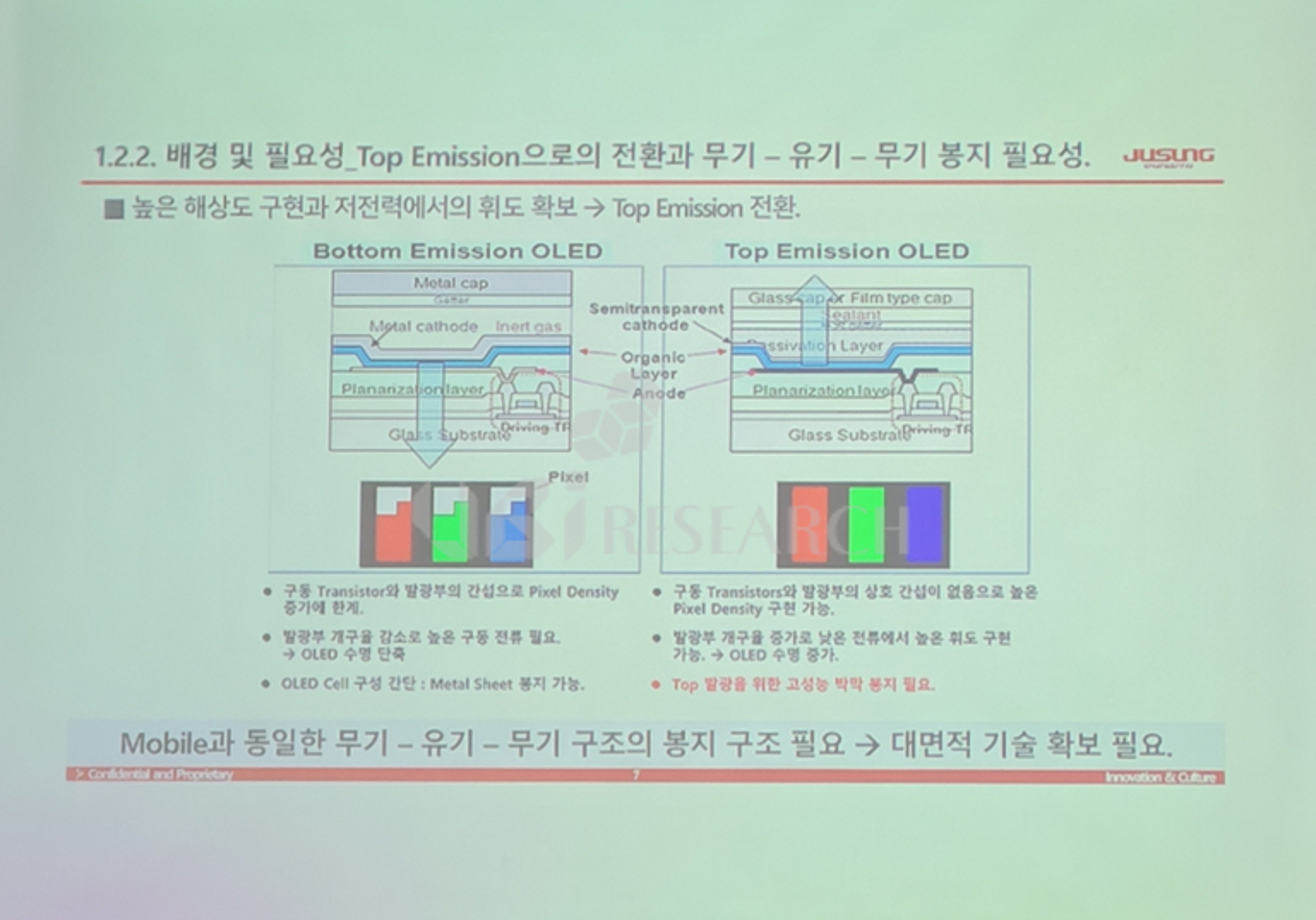
Jusung Engineering, 8th Generation Ultra-Thin OLED Encapsulation Equipment Technology (2022 Display General Workshop)
At the “2022 Display General Workshop” held at Pyeongchang Phoenix Park from November 9 to 11, 2022, H&iruja presented a research project on the development of an ultra-low damage cluster sputter system for mass-production of small and medium-sized OLEDs for 8.5th generation substrates.
H&iruja said, “It is important to improve yield and increase productivity using large substrates due to the enlargement of the panel size of mobile devices and the expansion of application of OLED panels to IT devices such as notebooks, tablet PCs, and monitors.” Therefore, it is necessary to develop a cluster sputter that is advantageous for ultra-clean and low-damage.”
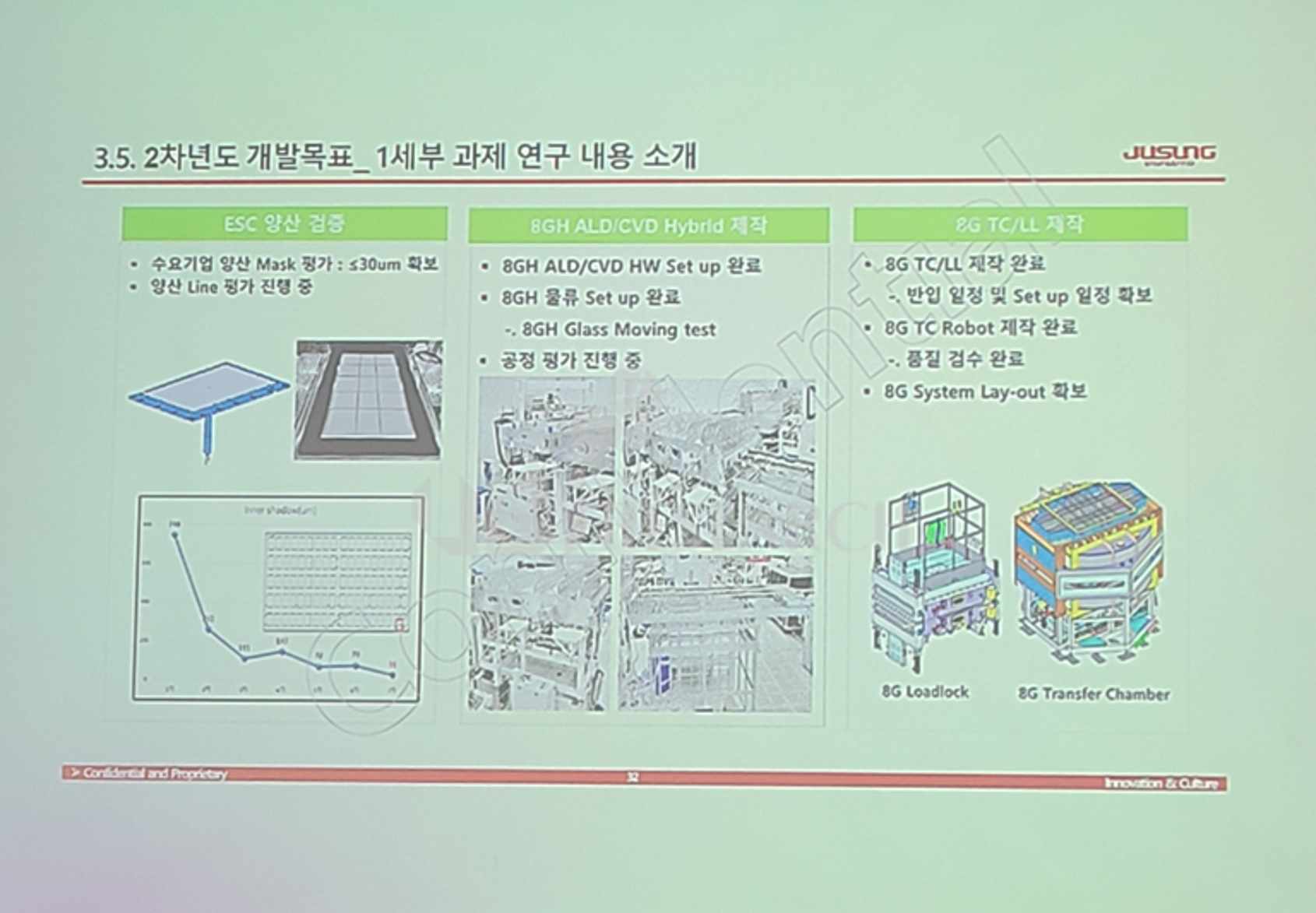
Jusung Engineering, 8th Generation Ultra-Thin OLED Encapsulation Equipment Technology (2022 Display General Workshop)
In the second year, 2022, low-hydrogen composite membrane evaluation for 8th-generation half equipment is underway. Unit process evaluation using 6G half and 8G half equipment is scheduled for evaluation in November, and the details of the first detail task research in the second year include ESC mass production verification, 8G half ALC/CVD Hybrid production, and 8G TC/LL production.
Lastly, they concluded presentation by emphasizing that “The expected effect of the research project is to strengthen the global competitiveness of materials-parts-equipment companies and to secure source technologies, and major domestic companies also have the advantage of reducing their dependence on foreign equipment and improving their development speed. On a national level, it can be a good opportunity not only to stabilize employment and create jobs, but also to transform from an importing country of materials, parts, and equipment to an exporting country.”


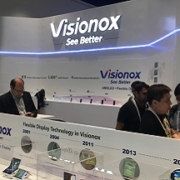
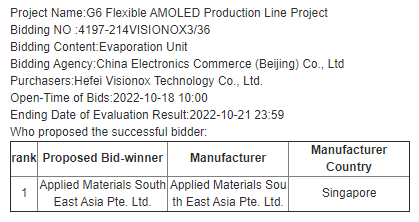
 China Trend Report Inquiry
China Trend Report Inquiry